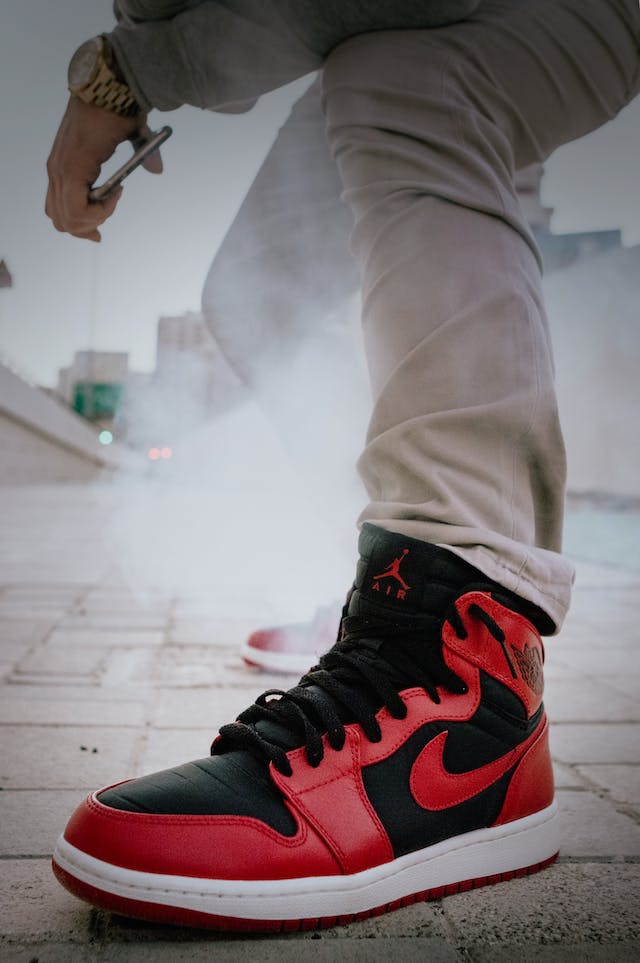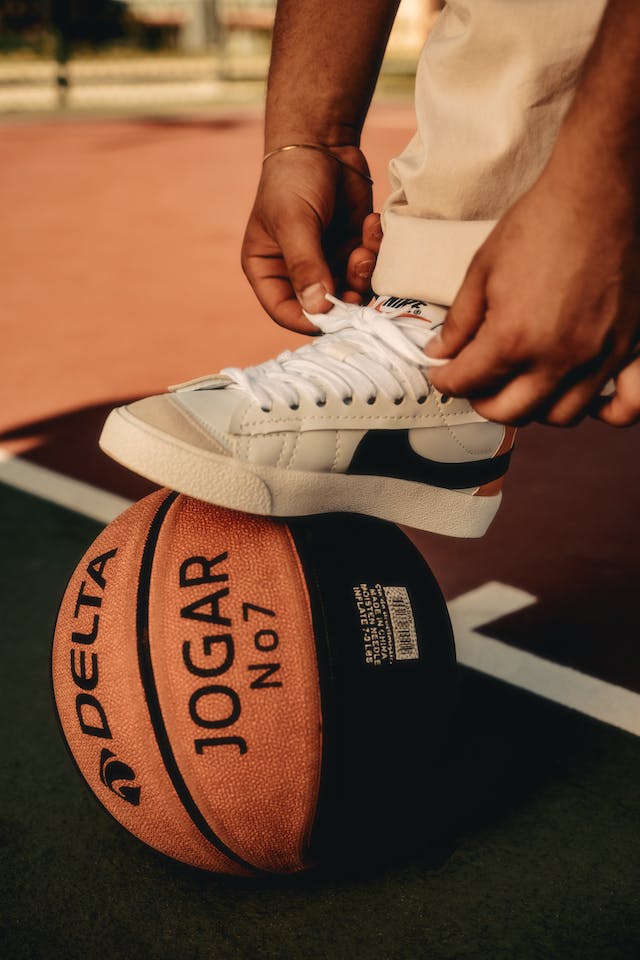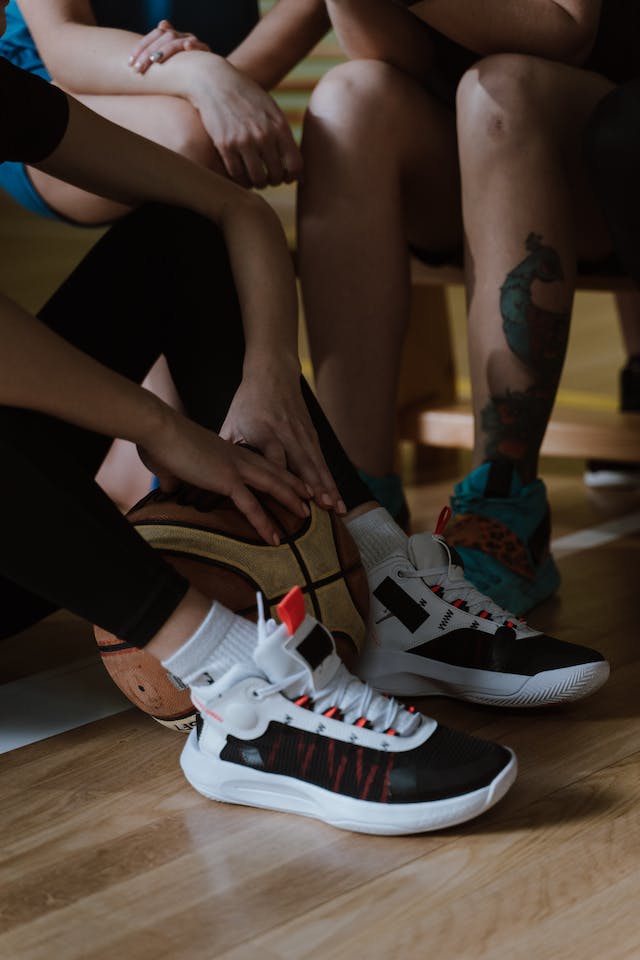Comparing Basketball Shoes to Running Shoes – What Should You Wear?

There are many different types of sports available today, but two of the most popular types are running shoes and basketball shoes. These two types of shoes are evidently popular by how many people wear them not only for basketball and running but also for running errands, traveling to different destinations, and other activities that are not related to sports and exercise.
However, when you get into the details of basketball shoes and running shoes, you will find out that they are entirely different, and each of these shoes can only be used for their respective sports. To know more, here are comparisons between basketball shoes and running shoes that will tell you about their similarities and differences.
The Similarities of Shoes for Basketball and Running
At their core, there are similarities between basketball and running shoes, although these similarities have different functions for each type. Let us now discuss the details of the similarities between shoes for basketball and running shoes.
1. Midsole Materials
The materials used for the midsoles of basketball shoes and running shoes are basically the same, and many brands utilize the same midsole technology for almost all of their sports shoes. For example, Nike has Zoom Air bags that provide cushioning and impact protection for the wearer’s feet, and these Zoom Air bags are found not only in basketball shoes but also in running shoes, tennis shoes, and volleyball balls. In addition, Adidas also has the Boost midsole technology that they apply to basketball shoes, running shoes, and even their slides or flip-flops.
So, in terms of midsoles, basketball shoes and running shoes aren’t much different. Most of the sports shoes you will see today have EVA (ethylene vinyl acetate) midsoles, which is an elastic and durable material that provides comfort and impact protection, and there may also be shoes that have a special form of EVA that is supposed to add more bounciness or longevity to the shoes.
2. Upper Materials
In terms of their upper, a lot of basketball shoes and running shoes are basically the same. You will find almost all running shoes have an upper made of softer materials like textile, mesh, and nylon, while basketball shoes tend to have a combination of rigid materials like synthetic leather and softer materials.
Basketball shoes and running shoes both provide protection and support for the upper, although there is a difference in their flexibility, which we will talk about later in this article. In terms of breathability, they both offer almost the same levels in terms of wicking moisture away from the shoes and preventing sweat build-up. However, it could be argued that most running shoes are more effective in providing breathability since they are made from lighter and more porous materials.
The Differences Between Shoes for Basketball and Running

Despite the similarities between running shoes and basketball shoes, there are a lot more differences between them that make them more suitable for the specific sports they are intended to be used in. Here is a list of the differences between basketball shoes and running shoes.
1. Weight
Weight is arguably the biggest difference between basketball shoes and running shoes, as the latter is significantly lighter than the former. The reason why running shoes are lighter is because of the materials that are used on their upper, as they are very light and would often feel like you’re wearing a second layer of socks instead of actual shoes. The lightness of running shoes is essential for all runners, as these shoes allow them to move faster while also not bringing too much weight on their feet, which can often cause fatigue, as well as muscle soreness and pain.
On the other hand, basketball shoes are heavy because of how thick the materials are on their uppers. The upper of basketball shoes are usually made of synthetic leather, although there are some that are made from genuine leather, mesh, and reinforced textile. The heavier materials are more effective in providing support for your feet. Support is much more important for basketball since your feet will move in different directions and is much more susceptible to overextending, which can cause injuries.
2. Midsole Thickness
The thickness of the midsole is also different for basketball shoes and running shoes, as the former typically has a thicker midsole while the running shoes have thinner midsoles. The thinner midsoles of running shoes are beneficial in allowing your feet to return to the floor much faster so that you can also move quicker.
However, there are also running shoes that have very thick midsoles that are often thicker than the ones seen on basketball shoes, and these thicker midsoles are supposed to provide more comfort and impact protection for your feet, especially when you are running 21-kilometer and 42-kilometer marathons. Meanwhile, basketball shoes have thick midsoles because these offer more protection for your feet when it comes to the impact they will feel after you perform a dunk, lay-up, or jump shot.
3. Outsole Traction Pattern
The outsole traction pattern for running and basketball shoes are vastly different, as the pattern for running shoes enables your feet to move forward, while the pattern in basketball shoes allow you to move in different directions while still providing grip on the floor. There are running shoes that are specifically made for trail running, so these shoes have a more aggressive traction pattern for better grip and durability.
What Should You Wear?
Now that we know more about the similarities and differences between basketball shoes and running, let us start talking about what exactly you should wear. In this section of the article, we will discuss if you can use running shoes for basketball, and if you can use basketball shoes for running. First, we will see if running shoes are suitable for playing basketball.
Why Running Shoes are Not Suitable for Basketball
For indoor and outdoor basketball courts, you have the option of using running shoes, since they usually have the same materials as basketball shoes. However, running shoes aren’t really made to handle different movements and directions except for moving forwards.
1. Running Shoes Have Less “Court Feel”
Running shoes are specifically built to keep you moving forward on the road, which is needed if you want to have a better time running to get some exercise or for marathons. Running shoes also tend to have thicker midsoles, which can often prevent you from having “court feel” on the basketball court while you are playing. Court feel is a term used to describe the feeling of being low to the ground, and this would usually result in quicker movements on the court. The court feel is achieved by having relatively thin midsoles, but not too thin since they wouldn’t provide cushioning or comfort anymore.
2. Running Shoes are Too Flexible
In addition to having thick midsoles, running shoes also have very flexible uppers, and these are not really advisable to have for basketball, as you would need more support for different parts of your feet instead of flexibility. While there are some basketball shoes that are flexible, their upper aren’t as soft as the ones used on running shoes.
All in all, running shoes aren’t really suitable for basketball since wearing them can just cause injuries, mainly due to the fact that they have soft and flexible uppers and their midsoles are typically too high from the ground.
Why Basketball Shoes are Not Suitable for Running
For running, basketball shoes are also not advisable, as they have certain features that would just make your runs more uncomfortable and painful. Here are the reasons why basketball shoes are not really made for running.
1. Basketball Shoes are Heavy
People that run for exercise and for marathon tend to favor shoes that are lightweight. So, basketball shoes are often not on their options of shoes to wear for runs since these shoes can be pretty heavy, especially if their uppers are made of leather, suede, and other rigid materials.
Almost all modern running shoes are made from lightweight materials like flexible fabric and mesh, so it is expected that they would feel significantly lighter compared to basketball shoes. Moreover, the more weight you put on your feet, the slower your runs will get. For running, it would be better if you can wear lighter shoes.
2. Basketball Shoes Have Thinner Midsoles
Basketball shoes usually have thinner midsoles compared to most running shoes. The thin midsoles of basketball shoes are not suitable for running, especially if you are going to run for many miles during a half marathon or a full marathon. On the other hand, thinner midsoles are beneficial for basketball players, as they can easily shift movements and directions with thin midsoles that provide them with ample “court feel,” as mentioned earlier.
For longer runs, you would need shoes that have thick midsoles that provide both comfort and impact protection. Thinner midsoles tend to bottom out faster compared to thicker midsoles. So, the level of comfort that the thin midsoles offer would diminish fast. If you don’t want your feet to feel sore after just a few miles of running, you should definitely wear shoes that have thick midsoles while also being very lightweight.
And these are the biggest similarities and differences between running shoes and basketball shoes. As evident in this article, these shoes have different purposes, so you shouldn’t use them for other sports besides the ones they are intended for. So, use basketball shoes strictly for basketball, while you should use running shoes for running marathons, fast runs, and treadmill exercises.




